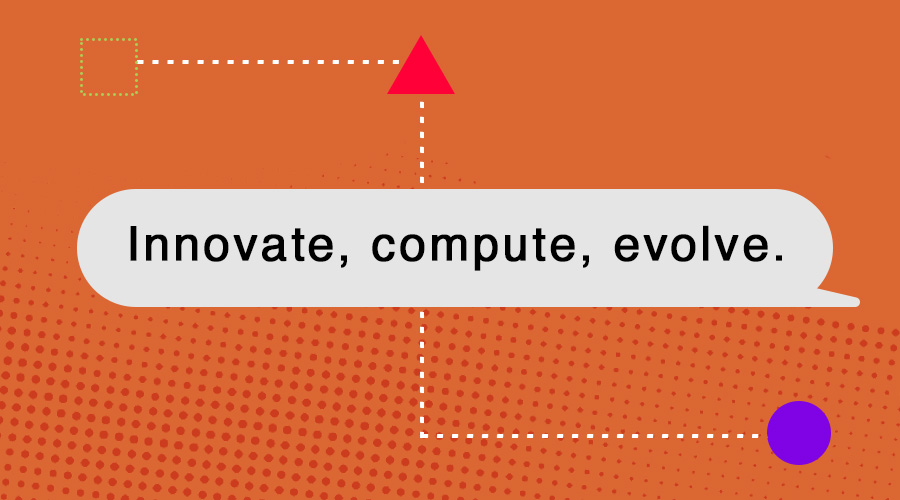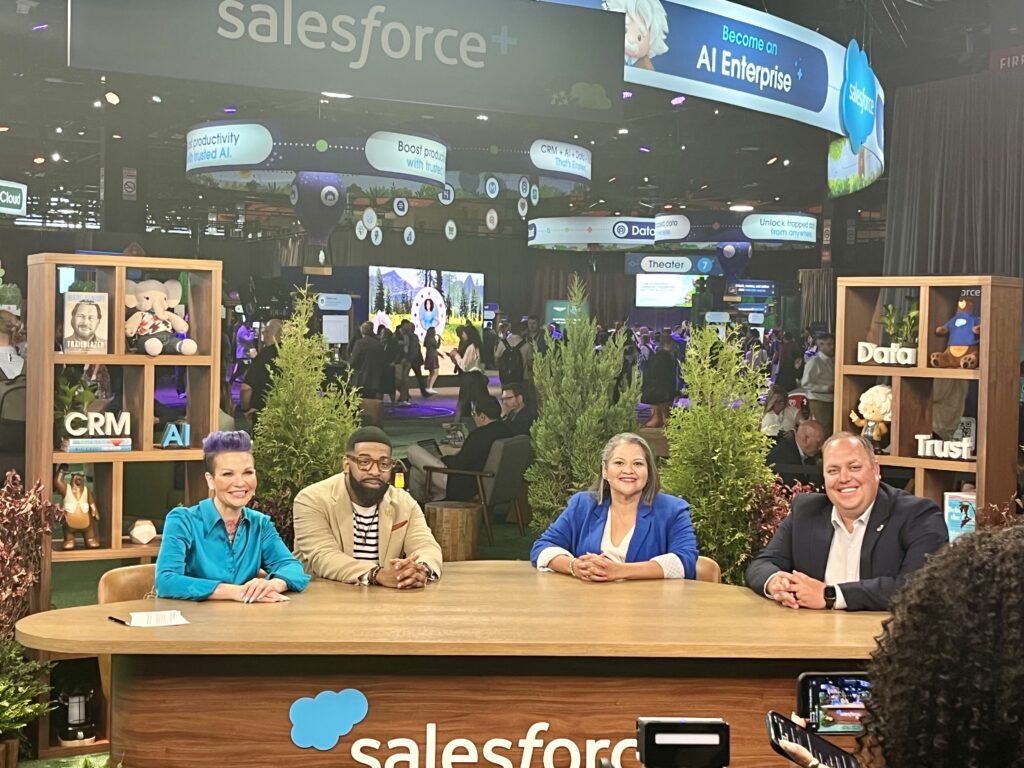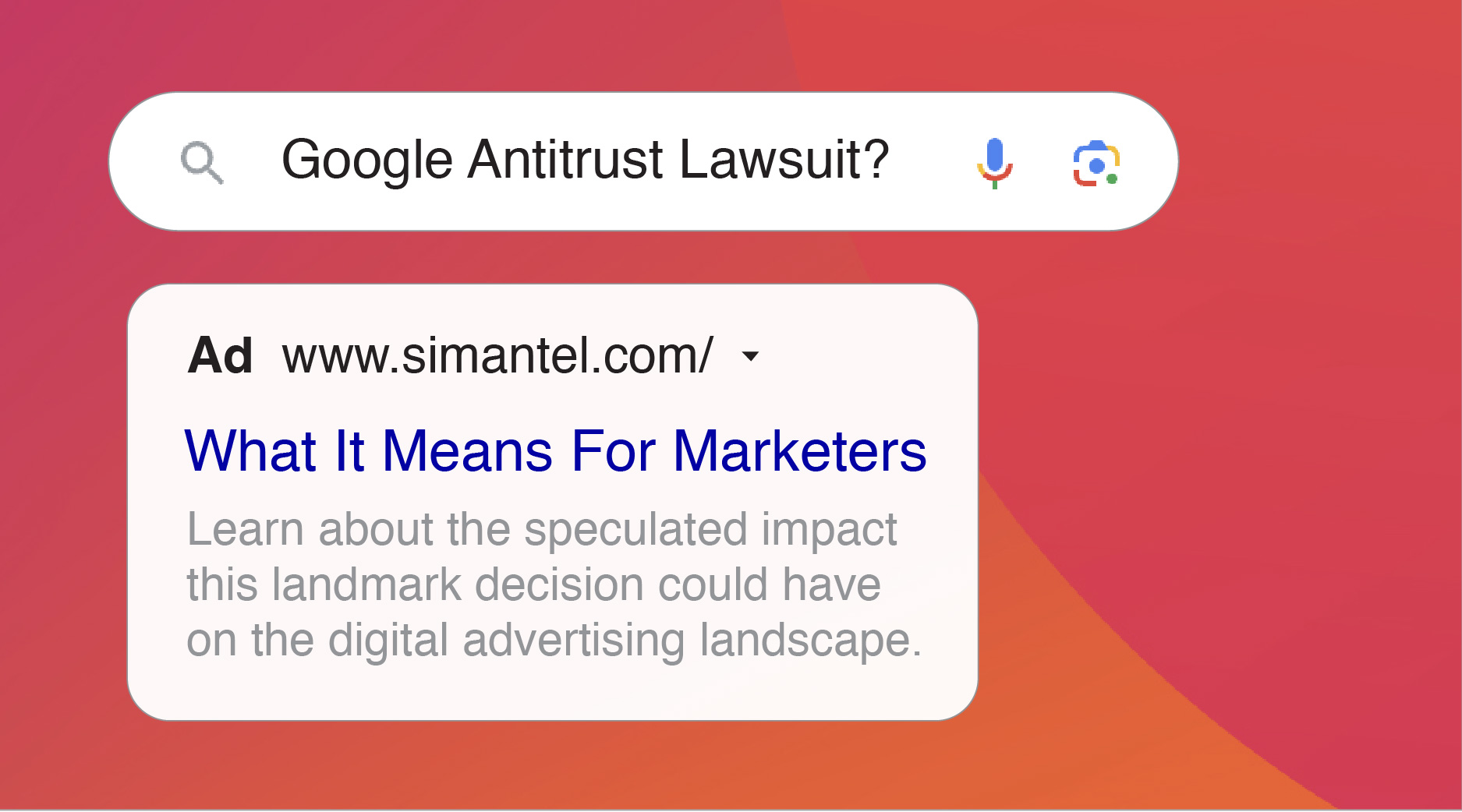As marketers, reading and learning from third-party marketing reports can help us stay ahead of trends and changes that impact the way we work — and the ways brands can thrive. Salesforce recently released the ninth edition of this comprehensive review of trends in marketing as told by marketers. It’s Salesforce’s longest running report and represents a breadth of roles in B2B, B2C and B2B2C marketing across the globe.
I had the privilege of participating in the rollout of this year’s report as part of a leadership panel at Connections, a premier learning event for marketers. During the panel, we broke down the key findings of the report and shared our perspectives on the research and what it means for the future of marketing.
There is so much goodness in the report that we could spend days talking about it. But in the interest of time, I want to focus on the two areas of the report that are near and dear to me — data and personalization.
As a vice president at Simantel, I lead the teams responsible for marketing automation, media and analytics and also serve as our organization’s data privacy officer, so these two topics are always top of mind for me and my teams. But they’re important topics for all marketers, no matter what lane you work in. So let’s spend some time digging into data and personalization and what both of these topics mean to the future of marketing.
The Power of First-Party Data
Marketers are shoring up their data foundations. The degradation of third-party data is pushing us to look more closely at the data we have in house and how we can use that data to improve customer experiences.
I was excited to learn from the report that one of the top data sources marketers are using is customer data. That’s awesome because customer data is your first-party data. It’s what your customers are directly telling you about what they want and what they need. Paying close attention to this information opens the door to full aftermarket lifetime values. In other words, how do you keep showing up for your customers even after they’ve made their first purchase with you?
Marketing doesn’t stop after the register rings the first time. When we can harness first-party data, we can figure out cross-selling opportunities (which means additional revenue streams). But most importantly, we can figure out how we can keep a customer coming back. Our goal as marketers should be to move our customers into the loyalty loop where they’re true advocates of the brand — talking about the brand because of the value it brings to their business and becoming repeat purchasers.
First-Party Data is for Every Department That Touches Your Customer
The State of Marketing Report tells us that we are becoming less and less reliant on third-party data (61% of marketers still use third-party data, compared to 75% in 2022), but there is still work to be done. If you find that you and your team are still relying solely on third-party data to understand your audience, it’s time for action. Look at your legacy systems to see what you can find. Customer service data is a treasure trove of insights into your audience, making it a great place to start. Look for trends in products you’re selling and the demographics on who is buying them. Consider the feedback you’re receiving and the sentiment around that feedback. Each of these data points can be stitched together to help you create a unique audience for your brand.
And this data isn’t only for your analysts or marketing automation teams. Your first-party data should be driving decisions across your organization. Creative and content teams can really step up their game with first-party data. By looking at info straight from their audience — like how people interact on your website, what they buy, and how they engage with emails — writers and designers get a clear picture of what customers like and need.
This means they can create super targeted content and tailor messages that hit the mark for different audience segments. Plus, first-party data helps them fine-tune their creative strategies by showing what content works best, where ads should go, and how to make the user experience better.
In the end, using first-party data lets all your teams connect more personally with their audience, boosting engagement and loyalty.
Personalization is the Key to the (Customer) Kingdom
Understanding your first-party data is the first step toward impactful and effective personalization. And today’s personalization is more than just successfully getting a person’s name in the subject line or greeting of your email. (But, when you did that for the first time, how great did it feel?!? … IYKYK)
Today, customers, expect us to do more — way more. Audiences are more receptive to brands when they feel “seen.” And the more receptive they are, the more likely they are to make a purchase. So personalization isn’t just a nice to have any more. It’s table stakes for the most impactful customer experiences. Harnessing the power of personalized marketing unlocks the keys to the kingdom. Personalization transforms generic interactions into meaningful connections, leading to sustained business growth and success.
The State of Marketing Report tells us that high performers (those respondents completely satisfied with overall outcomes of marketing investments) are personalizing across six channels. So not just email, but also digital ads, organic search, social media, mobile messaging … virtually everywhere.
If you haven’t started personalizing yet, (and again, it’s not just a product recommendation or a first name), it’s time to really understand where your customers, donors or students are in their journey and figure out what they need so you can serve it to them before they have to go looking for it.
Start with one channel where you think you can do it really well. If that’s email, awesome. If it’s digital ads, amazing. Focus efforts there to show that the uptick in personalization matters. Then, use these results to help your organization understand the value of investing in the efforts, whether that’s in the data or resources or budget, to personalize other channels.
A Few Other Findings from the State of Marketing Report
We’ve only touched on two of the findings from the most recent State of Marketing Report. The report also digs deep into the topic of AI — one of the most exciting (and maybe even terrifying) topics to impact marketing. It’s a topic that we’re talking about at Simantel and definitely one we’ll be sharing about more in the future. In fact, you can read our thoughts about AI here.
Finally, the report also addresses marketers’ thoughts on unifying data and growing deeper relationships through ABM and loyalty programs. As you can see, the topics are both unique and interconnected.
Dive into the full State of Marketing Report now to learn more about the strategies that can elevate your brand to the next level. Once you’ve read it, let’s chat about how we can start transforming your marketing approach today!







